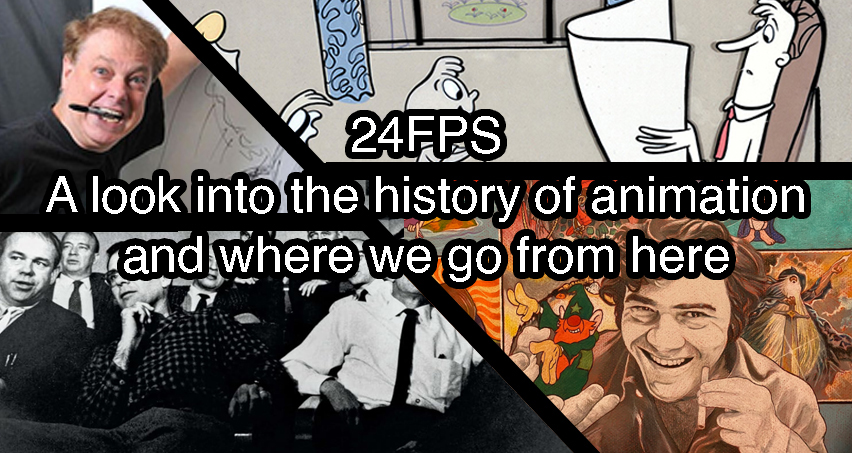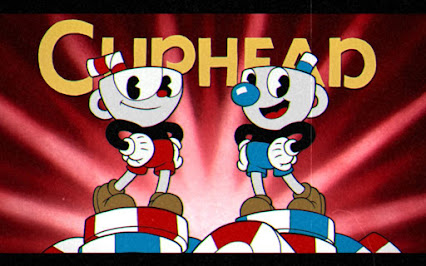Cuphead: Video game animation's past, present, and future
For the most part, video game animation has been frowned upon by film and television animation. It was always viewed as a lower-tier in quality. And for the most part, they were right. Video game animation has always been lacking in some crucial ways that ultimately make it look stiff, blocky and sometimes creepy. Unlike film, video games had to make make the jump to the third dimension, it was a forced move. Most consumers saw what was capable in film and television with Toy Story and Reboot, but why weren't they seeing those kind of graphics in their flat, 2D games? Gamers wanted a change, whether the industry was ready for it or not.
When the first mainstream video games came out the audience was floored. Titles like Super Mario 64, Tomb Raider, and Crash Bandicoot exploded into living rooms and the consumer couldn't have been happier. They were finally having the 3D experience they had been waiting for, and the graphics were amazing! Ok, maybe that's not true, but kids were so blinded by the innovation that they didn't care, they were finally seeing Mario in 3 dimensions.
Now the issue with game developers was keeping up. Gamers were expecting graphics to improve with each new console release, some of them were even expecting it with each new game. So developers had to keep pushing graphics capabilities, and animation had to take a backseat. In order to get all those precious polygons to renders, something had to be sacrificed, and it was usually at the expense of a robust animation rig. Animators had to make the best animation they could with a fraction of bones that were in the human body, usually making for stiff and odd-looking movements. Consumers were happy with new graphics and better lighting, so the developers realized they would probably want the most realistic movement possible.
Hello motion capture.
While 'mocap' is a great tool, for many years in video games, it was utilitarian, not artistic, so the animation once again, suffered.
And for many years, this is how it went, the graphics, lighting, and rendering got better, but the animation was lacking. So, somewhere along the way a developer looked at modern video games, looked at the engines capabilities, and wondered what was possible if they went back to 2D animated games. Most 2D animated games were still fun and interesting, but the animation was serviceable, not inspired. Along came two brothers who were looking for something new in 2D, and something old.
Inspired but the old 'rubber hose' animation of the past, Chad & Jared Moldenhauer started researching if it was possible to create a video game centered around high-quality animation, instead of the other way around. They designed character, worlds and levels that might look at home in the world of Bettie Boop, Popeye, or Felix the Cat. They made some animation tests and went to work. What they ended up creating was more revolutionary than even they realized.
The gameplay was nothing new, in fact, it was fairly cliche. They had platformer levels, bullet-storm levels and boss fights with patterns the player would have to memorize. And while that might seem a little bland, the beautiful animation and effects made it a feast for the eyes. The gmeplay is fun, if not punishing. Cuphead is notorious for difficult levels that have to be played over and over and over again/ They were frustrating and cheap and mad player rage-quit often. But the levels were still engaging, and the animation was so fun to watch, even if it was over and over.
The Moldenhauer brother, and the studio MDHR they founded have enjoyed a lot of success with Cuphead and don't look to be slowing down anytime soon.








Comments
Post a Comment